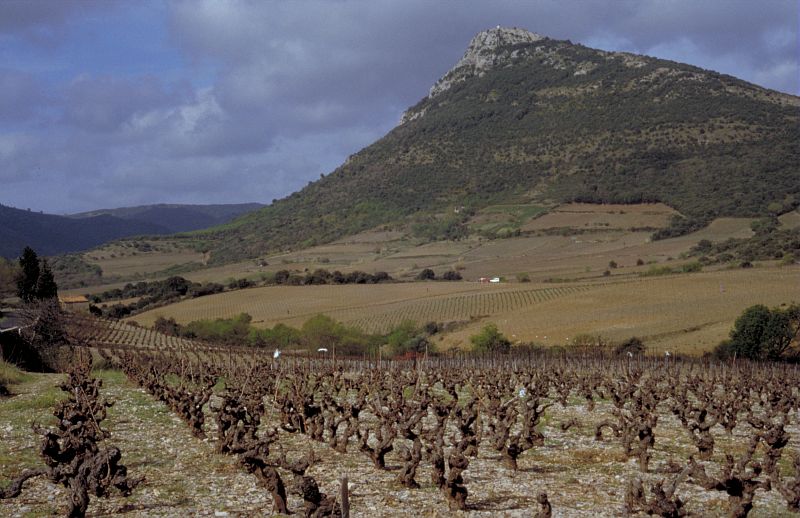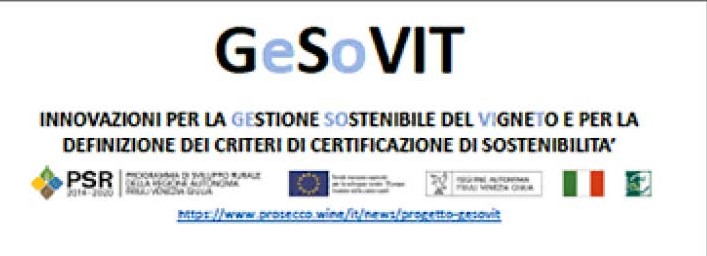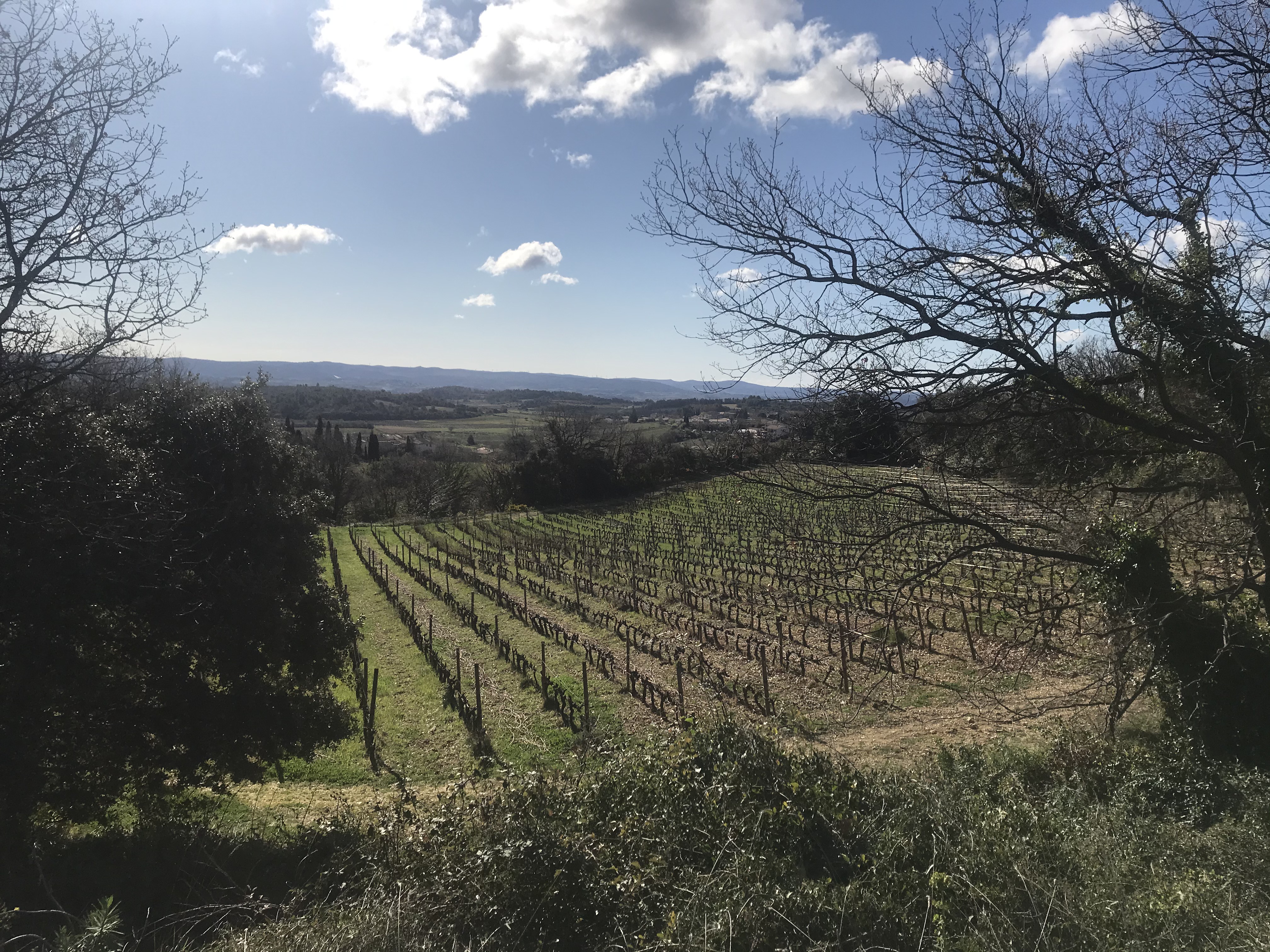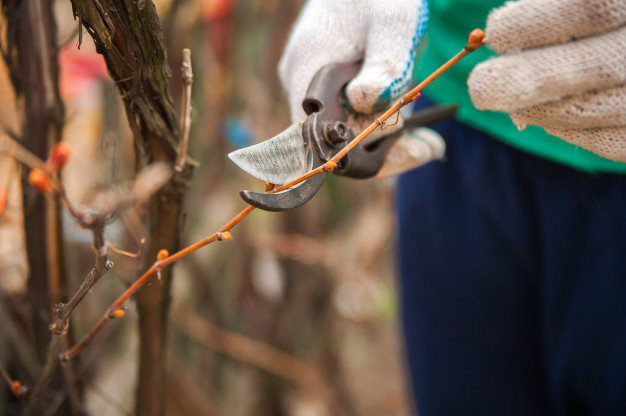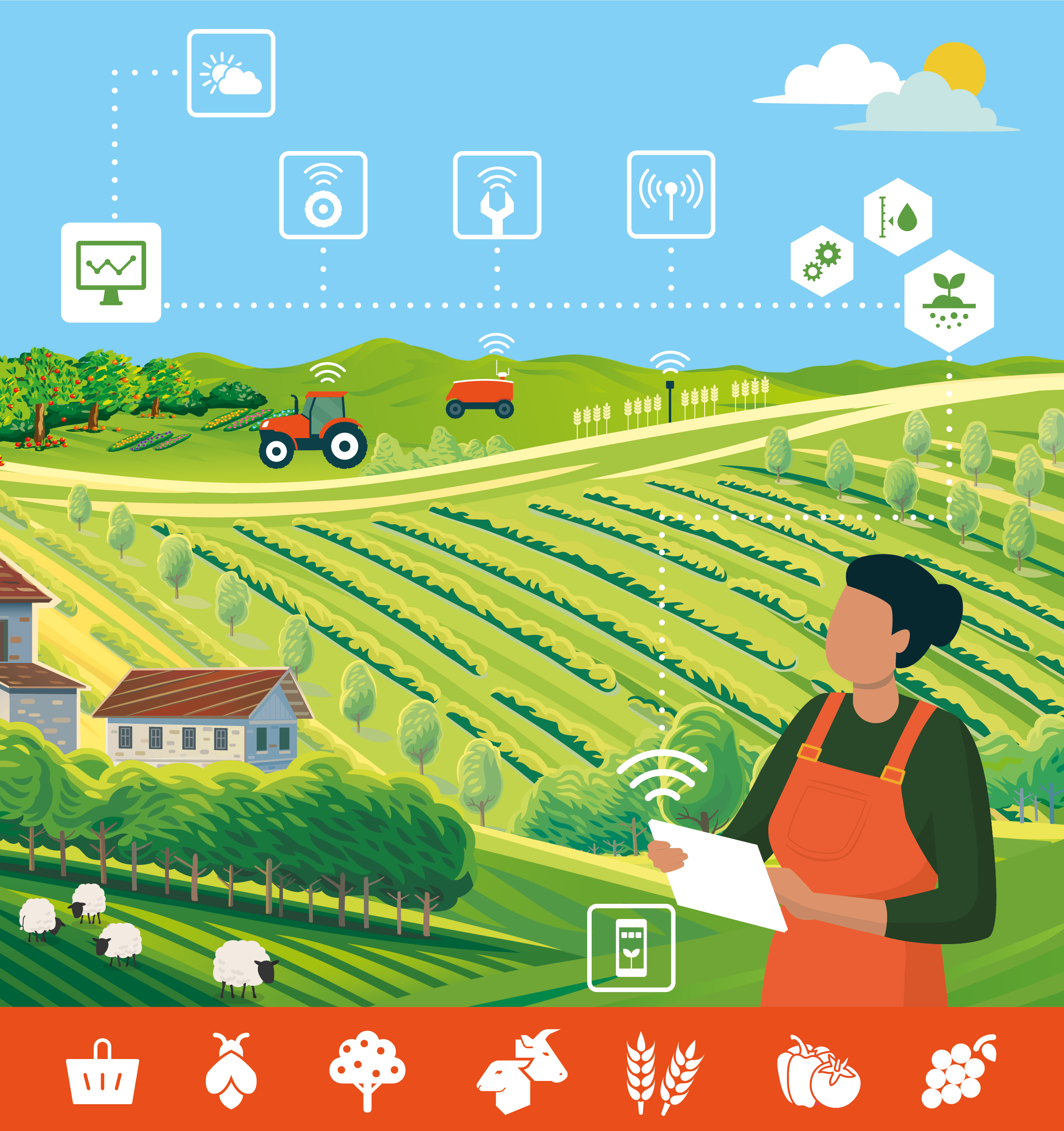Changing agronomic practices in viticulture
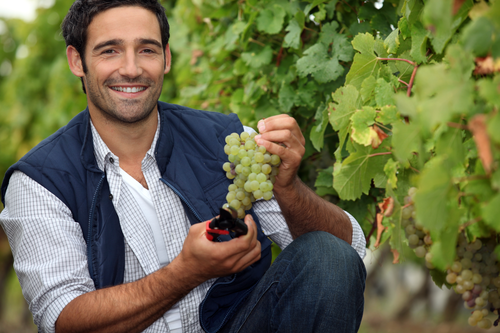
Adaptation to climate change depends on how each grape is grown. Agronomic practices are already dealing with climate variability and can multiply.
Removing the leaves in July or August reduces sweating and the need for water from the vine. But this operation must be substantiated. For example, it is necessary to avoid fraying the area of the bunches, as the very strong exposure of the grapes to the sun causes burns and advances the maturation, thus having the opposite effect to the desired one.
The winter pruning of the vine allows acting in the medium term on the architecture of the plant, its height, its leaf surface (that is, the total surface of the leaves exposed to the sun) and the exposure of the bunches: grapes with a better shade and further away the soil can thus gain acidity. But if drought is the main problem, short logs should be preferred to limit problems of resistance to water circulation.
Soil management is another lever for agronomic adaptation. The increase in the organic matter content (by fertilizing or removing weeds) allows more carbon to be fixed, increases water retention and improves the soil structure, consequently the rooting and resilience of the vine. Soil maintenance, for example, by temporarily allowing grass to grow between rows, promotes rain infiltration and limits runoff. It can also reduce the surface temperature or even the evaporation, if it is possible to avoid competition between grasses and vines, for example, by mechanical weeding or the construction of mulch, or mulch, an agricultural technique of ground cover with remains of plants.
Irrigation can also be suggested to maintain the yield and quality of grapes when water stress is very high. Widely used in foreign vineyards outside Europe, it is now developed on the lowlands of Languedoc with drip systems. However, its use raises the question of the cost and management of water resources, with increasing risks of conflicts of use. To this end, irrigation should be considered as a “last resort” solution complementary to other techniques that limit the water consumption of the vineyard. Experiments are being carried out to take advantage of new resources, such as reprocessed water from sewage treatment plants.
Software and web applications are developed to optimize irrigation according to the meteorological data, the characteristics of the vineyard (grape varieties, soil, driving mode) and an analysis of the water status of the vine and, therefore, of its need for obtain quality wines.
It is often necessary to arbitrate practices that respond in a contradictory manner to the different impacts of climate change.
Relations
- Network
- List
- Geolocation
- More
Un article dans TheConversation montre que face au changement climatique les vins d'appellation doivent s'appuyer sur une cogestion adaptative de leur terroir
- More
GeSoVit - Innovazioni per la gestione sostenibile del vigneto e per la definizione dei criteri di certificazione di sostenibilità ambientale per l'azienda vitivinicola
Adozione di nuove pratiche per una generale riduzione dell’impatto ambientale e protocolli propedeutici e funzionali per la certificazione di sostenibilità ambientale dell’azienda vitivinicola
- More
Changement climatique : les ODG favorables à des accompagnements
Dans le cadre du projet VitiREV (volet recherche participative & observatoires ; 2019-2027), un groupe de chercheurs (UMR EGFV de l’Institut des Sciences de la Vigne et du Vin à Villenave d’Ornon) a conduit une enquête auprès des représentants des ODG viticoles de Nouvelle-Aquitaine. L’enjeu : recue
- More
Comment adapter notre viticulture à l'évolution du climat ?
Documentation de la rencontre "Rendez-Vous TechniLoire" organisée le 17 novembre 2016.
- More
INRA Pech Rouge Experimental unit
Innovation, Diversification and Sustainability in Viticulture and Enology
- More
Irrigating the vineyards
Presentation of questions to be asked when considering the issue of irrigation of vineyards
- More
Late pruning to delay phenology
How to modulate some green pruning techniques to obtain more balanced ripening
- More
Le changement climatique en viticulture : les leviers d’adaptation au vignoble.
Les effets du changement climatique sur de la vigne et l’étude des possibles leviers d’adaptation sont les thèmes du métaprogramme INRA « LACCAVE »
- More
Long term adaptation to climate change in oenology and vine growing
The LACCAVE project aimed at studying the impacts of climate change on vine and wine, and the adaptations expected for French vineyards. It represents a network of 23 laboratories.
